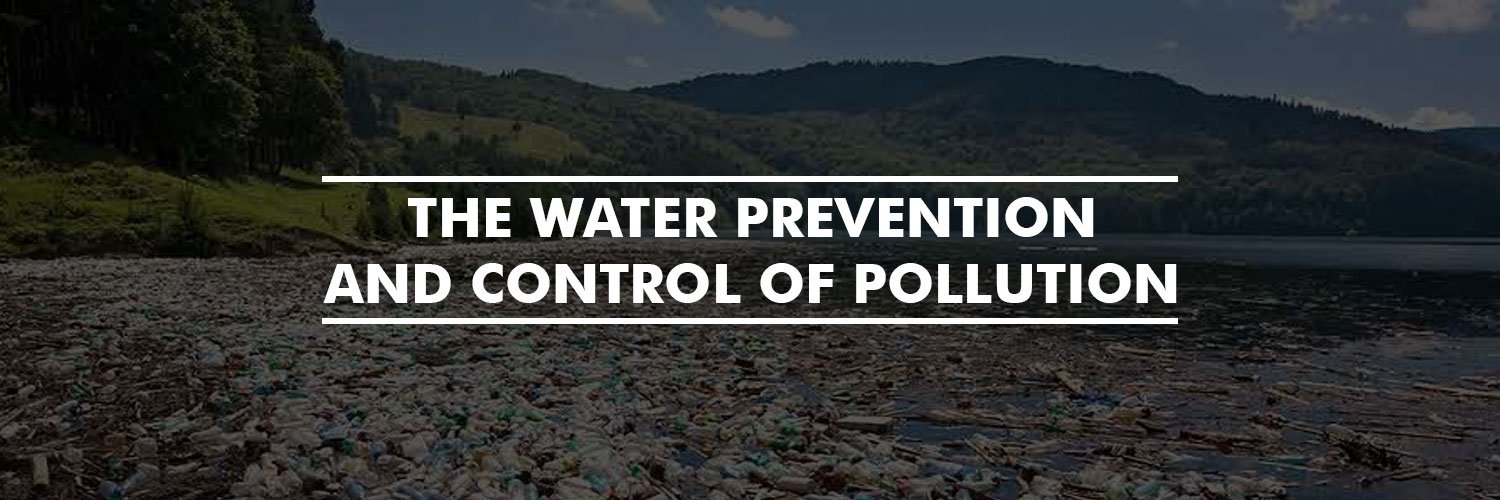Since the beginning of time, people have been studying the stars, which has enabled us to improve our ability to explore and use space. Huge strides have been achieved in our comprehension of the cosmos as a result of the collaboration between powerful telescopes located on Earth and in space, which operate over the whole spectrum of light wavelengths.
It is essential to have knowledge of astronomy to successfully navigate and explore deep space, comprehend other worlds, discover life in other places, and understand how our own planet came into being. In order to continue generating incredible discoveries, we want a clean, dark sky in which telescopes are able to do their work without interruption from human activity. Concerning the work that the United Nations is doing to promote peaceful uses of outer space, the protection of these black skies is crucial.
In the near future, thousands of new communication satellites will be launched into the sky, which will bring significantly better internet speeds everywhere. However, this fascinating development has the potential to weaken the stars and interfere with essential scientific study. In the case of telescope interference, much more will be noticed by sensitive telescopes, which will have an impact on observations, particularly for:
- The tracking of asteroids and other moving objects, which is an example of wide-field surveys.
- The study of the cosmos via the use of big telescopes.
Satellites Reflecting Light
Another factor that may have an effect on observations is the fact that large satellite constellations have the ability to reflect sunlight. Satellite broadcasts have the potential to interfere with radio telescopes that are used for astronomical data collection. It is imperative that governments and international organizations collaborate in order to formulate regulations that safeguard astronomy while also enabling the growth of satellites in a responsible manner. The protection of the night sky is beneficial not only to the field of astronomy but also to the environment, human health, and the pleasure of the general population.
Facilities such as mines, military sites, wind farms, and airports that are bustling with activity and need bright lights are examples of facilities that might be unwanted neighbours for observatories that are looking to conduct their study of the skies in complete darkness. Because of this, there is a tug-of-war between the demands of science and the demands of practicality.
When it comes to mine, the answer lies in intelligent design. Transforming white lights into monochromatic ones, such as amber, is an effective way to significantly cut down on undesired skyglow. It is possible to make limited use of additional illumination that encompasses a wider spectrum for certain jobs. Light beams may be shaped and lighting can be matched to work demands in order to further reduce the amount of stray light. It is also possible for military bases and security operations to be good neighbours by completely covering their lights, ensuring that they satisfy minimal safety requirements, and adhering to the protocol known as the “observatory near-zone.”
In the case of wind farms and tall structures, similar strategies are applicable. In order to lessen the influence that they have on observatories, white warning lights should be replaced with red ones, and physical shields should be used. Even airports, which offer their own special difficulties, can participate in the endeavour. At work areas, shielded fixtures and tailored lighting ensure that things are bright where they are required without causing an excessive amount of spillover. Blanking devices used on rotating beacons in close proximity to observatories may further reduce the pollution caused by light.
Collaboration is essential, much more so than individual efforts. It is imperative that civilian and military authorities collaborate in order to divert aircraft trajectories away from vulnerable observation zones whenever it is feasible to do so. By putting these techniques into action, we will be able to build a night sky in which scientific discovery and vital activities may coexist and flourish in perfect harmony. So, let’s lower the superfluous lights and let the stars to shine through, for the benefit of science and wonder alike.
The current surge in satellite constellations holds the possibility of low-latency communication on a worldwide scale, which would be beneficial to society. Nevertheless, this development throws a long shadow over the field of astronomy, posing a danger to people’s capacity to study the night sky and perhaps impeding the growth of important scientific discoveries. The primary concern is the extraordinary quantity of these satellites, which are circling in close proximity to the Earth and are thus easily observable. The interference that they cause with sensitive astronomical detectors is the true cause for worry, despite the fact that some of them are visible to the human eye.
Wide-field telescopes and those that are looking for moving objects, such as the International Asteroid Warning Network, might have up to forty per cent of their photos contaminated by these circling bodies. This issue, in contrast to light pollution, calls for international coordination and control. When it comes to addressing this dilemma, the United Nations Committee on the Peaceful Uses of Outer Space (COPUOS) is in a position that is really unique. This report has a part that is specifically devoted to possible remedies because of the intricacy of the situation.
In addition to issues over satellites, the protection of the right to a starry sky requires the establishment of “dark sky oases” in close proximity to metropolitan areas. Several different precautions may be taken to protect these safe havens from the harmful effects of excessive artificial light pollution (ALAN):
- To minimize illumination, light levels should be reduced to the minimum necessary for safety.
- Directing light only where it is required, so eliminating any unneeded upward spill, is what targeted lighting does.
- In order to encourage safe usage of outdoor lighting, it is important to discourage superfluous illumination.
Future Course of Action
- Two-pronged strategy: It is advised that a combination of curfews and smart lighting be used in order to prevent light pollution and generate darker sky at night, especially in regions that have less activity, curfews are established at specific times, beginning around midnight, and continuing until dawn, during which time more stringent light regulations are enforced. Aim for a significant fall in the total light intensity after curfew, with the goal of achieving a reduction of at least 66% in comparison to the levels during the day. Even earlier implementation of this reduction is possible whenever it is feasible to do so. Additionally, during curfew hours, any illumination that is not of critical importance for the protection of the general public must be fully turned off.
- Intelligent lighting in low-traffic regions: When going to isolated locations or periods when there is little activity, one should use motion sensors to make dynamic adjustments to the amount of light that is needed. If there is no movement, the lighting should automatically fall to a level that is at least ten per cent lower than its typical daytime brightness. However, if there is movement, the illumination may be increased as necessary.
- Some other things that can be done:
-
- To reduce the amount of light pollution that is produced, the United Nations Space Agency (COPUOS) has the ability to establish restrictions for the design and operation of satellites.
- Making designated regions with stringent lighting regulations that are designated as dark sky oases so that everyone may enjoy the starry sky.
- When it comes to protecting observatories, special precautions are taken around them to guarantee that the sky is clear for research purposes.
Conclusion
There is no denying that satellite constellations deliver unquestionable advantages to society; yet, the increasing number of these constellations poses a danger to the capacity of astronomy to monitor the night sky and may possibly impede important discoveries. Because of this, action is required. On a global scale, the COPUOS organisation needs to control the influence of satellites, and governments need to establish “dark sky oases” close to metropolitan areas and implement stringent protection measures for observatories.
In addition, the development of ethical lighting techniques helps to reduce the amount of unneeded light pollution. The goal here is not to impede development but rather to achieve it in a responsible manner. We have a responsibility to make certain, that the growth of technology does not come at the expense of our connection to the night sky and the scientific marvels that it contains. We must collaborate in order to protect the stars, not only for ourselves but also for future generations and the cosmos itself.
_________________________________________________________________________________
Bibliography
Journals
- A/AC.105/C.1/2021/CRP.17, Recommendations to Keep Dark and Quiet Skies for Science and Society, Committee on the Peaceful Uses of Outer Space Scientific and Technical Subcommittee Fifty-eighth session, (19 April, 2021).
- J. Anthony Tyson et al., Mitigation of LEO Satellite Brightness and Trail Effects on the Rubin Observatory LSST, 160, The Astronomical Journal (27 October 2020).
- Luca Erhart et al., Transforming Article VI of the Outer Space Treaty Into an Effective Mechanism of Space Debris Mitigation, 8th European Conference on Space Debris, (2021)
_________________________________________________________________________________________________________
This article is written and submitted by Vanshita Srivastava during her course of internship at B&B Associates LLP. Vanshita is a 3rd year BBA. LL.B (hons.) student at Symbiosis Law School, Pune.









